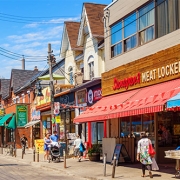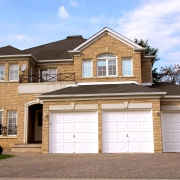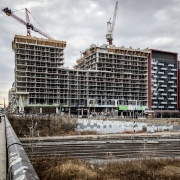This week, RBC Economics published a study on Canada’s rental market where they argued that the pace of new supply needs to at least double in markets like Toronto in order to meet future housing demand and balance the market. Similar things, I’m sure, could be said about many other housing markets around the world.
The report pegs the current rental housing deficit in Toronto at about 9,100 units:
And because they believe that the cost of ownership is pushing more people into rentals, the number of renter households is expected to grow at an average rate of 22,200 units per year in Toronto.If you take 22,200 units per year over the next two years, and add in the current deficit of 9,100 rental units, you get to a total count of 53,500 rental units. This is what RBC Economics believes must be delivered to the market in order to restore equilibrium, and decrease the upward pressure on rents.
Rental units are, of course, delivered to the market in two main ways. There’s purpose-built rentals and there are for-sale units that end up as rental housing. But even if you amalgamate both of these tenures, we are not building enough housing.
Against this backdrop, I find it curious that developers are so often vilified. Earlier this week, I saw Jennifer Keesmaat tweet out that — as we ready for this fall’s federal election — any sensible housing plan must move away from our current for profit housing delivery model.
Who, then, will build these 53,500 rental units? That part wasn’t clear to me.






 Maziar Moini, Broker of Record - Home Leader Realty Inc.
300 Richmond St. W., #300, Toronto, ON M5V-1X2
Maziar Moini, Broker of Record - Home Leader Realty Inc.
300 Richmond St. W., #300, Toronto, ON M5V-1X2



